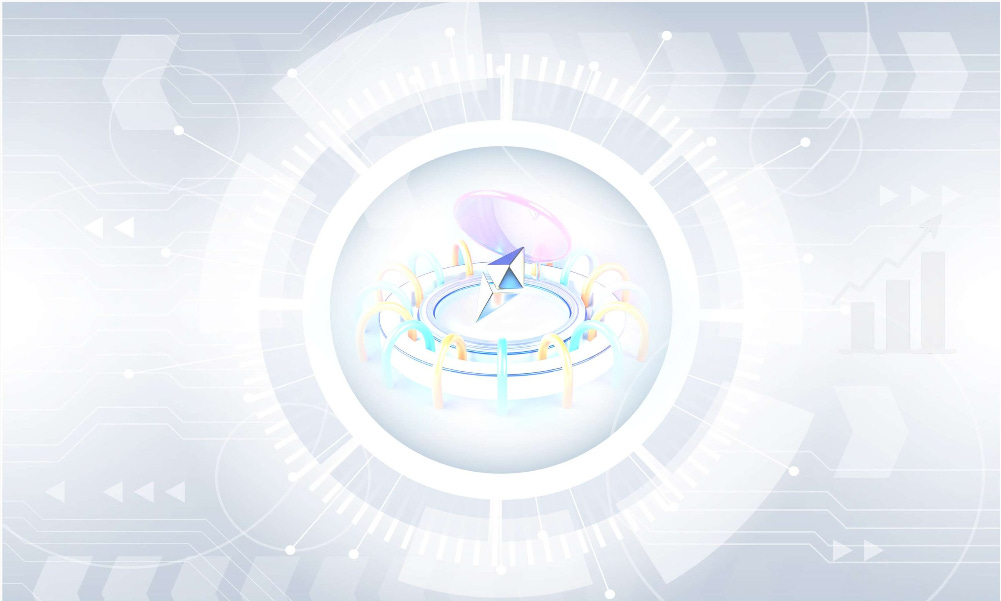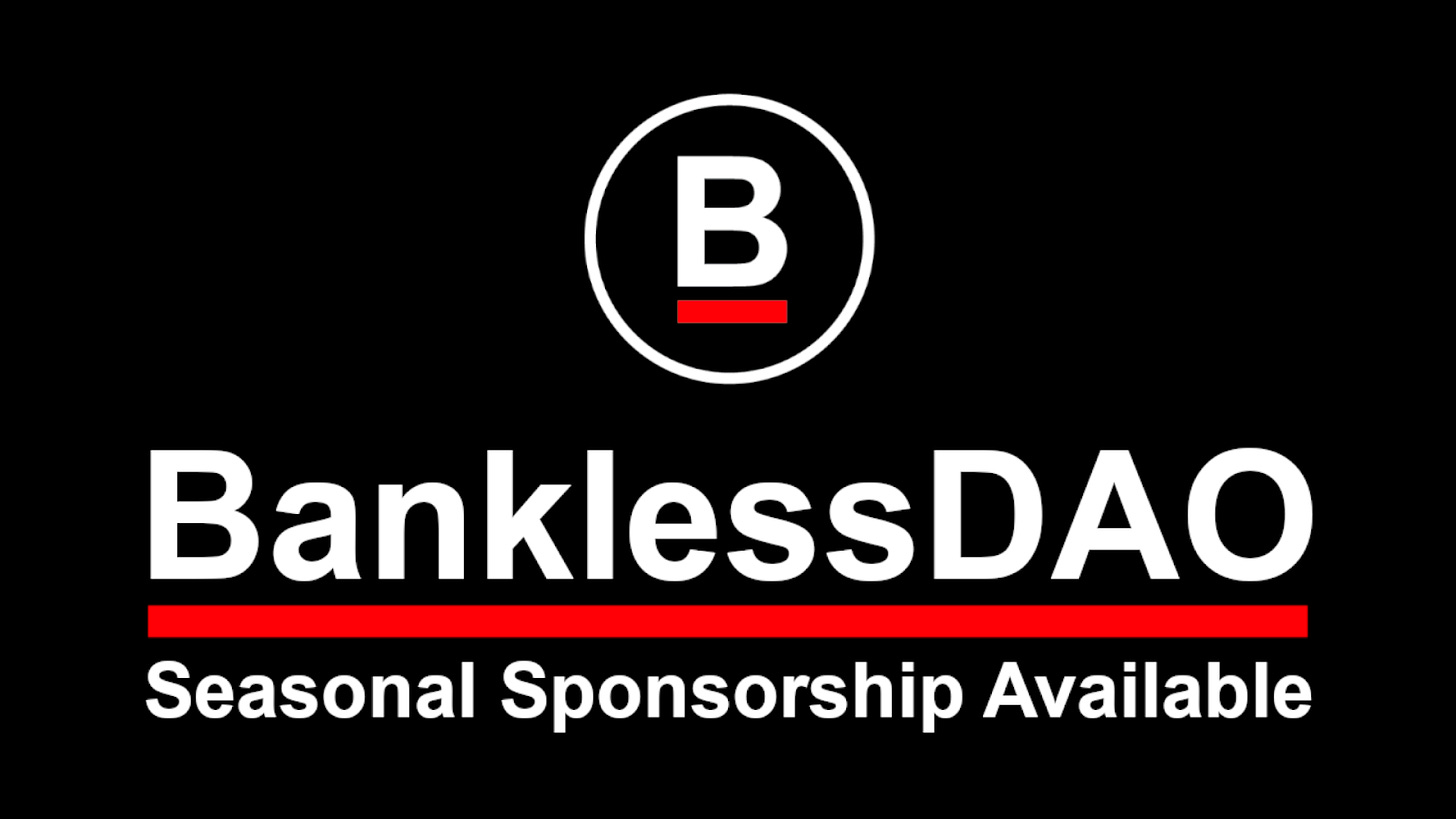The January Trilemma | Bankless Publishing Recap
Top-shelf Educational Web3 Content Shipped Directly to Your Inbox
Dear Bankless Readers 🏴
If you’re drifting through January in a daze, perhaps you didn’t notice that the BP Recap is a little late… or is it just a week early? This month, the BP team faced the January trilemma: whether to optimize for a rigid shipping schedule, excellent content, or downtime with family over the holidays.
We went with the latter two, which has resulted in a bumper issue, slightly late, of the Recap. There’s a definite theme running through the featured articles — you’ve probably guessed it has to do with decentralization, which is one aspect of the ever-present blockchain trilemma.
This collection of articles will inform and educate you on a variety of topics such as scaling solutions, soulbound tokens, and staking ETH on centralized exchanges. There’s some further great reading on transaction censorship, the downside of centralized tooling for DAOs, and the pitfalls of owning NFTs on a blockchain that is known for its downtime.
Let’s face it, there are both good and bad types of downtime. It’s our hope that you’ve had some of the former during January, and not been affected by the latter.
This recap is a convenient way to access all our recent articles, but if you prefer to read Bankless Publishing while it’s sizzling hot off the press, follow us on Twitter or come and join us in Discord.
Contributors: Frank America, kornekt, Trewkat, Puretayo, HiroKennelly
Bankless Publishing is driven by a mission to ennoble its writers and showcase their content to a broad audience of crypto-interested readers. We also work with crypto’s leading protocols to help them get their message out to our audience. Whether you’re a writer or protocol team, we’re interested in talking with you.
This is an official newsletter of BanklessDAO. To unsubscribe, edit your settings.
✍️ Article Summaries
Ethereum Scaling Solutions
Author: Sandeep | Editors: Jake and Stake & Hiro Kennelly | Designer: Chameleon
Sandeep discusses the need for scaling on the Ethereum network and the different solutions available to achieve this. Scaling is necessary when the network reaches capacity and costs of using the blockchain increase. Read this detailed but straightforward look at the different types of scaling solutions such as Rollups, Plasma, and state channels. Take Plasma scaling, for example, which is a Layer 2 scaling solution proposed in 2017 by Joseph Poon and Vitalik Buterin. It operates by using a combination of smart contracts and cryptographic verifications (aka Merkle Trees) to enable fast and cheap transactions.
"The unique feature of Plasma is the ability to create an infinite number of child chains, and create them on top of other chains in a tree structure. Plasma’s similarity with Rollups is the use of fraud proofs."
Considerations When Staking on a CEX
Author: Latsan | Editor: Trewkat | Designer: Tonytad
Have you ever wondered about staking ETH on centralized exchanges (CEX)? While staking ETH on CEXs can provide customers with a predictable yield, it is important to understand the terms of the staking contract, assess the risks involved, be aware of any fees, and understand the process for exiting a staked position.
“While there are some benefits to staking ETH on centralized exchanges, it pays to remember the crypto mantra: not your keys, not your crypto.”
The Centralization Paradox Limiting DAOs
Author: Kornekt | Editors: kalex1138 & Trewkat | Designer: ab_colours
Take a look at the concept of blockchain decentralization and how it applies to DAOs in this thought-provoking article. Kornekt explains that the goal of blockchain is to create a financial system that operates independently of central control, with many people operating the nodes of the network without a hierarchy. However, he notes that many of the tools currently used in DAOs are powered by centralized servers, which undermines the idea of complete decentralization.
"Ideally, in a decentralized system, central bodies/authorities are entirely absent. Alas, as is the way the world so often works, there’s a deviation between the ideal and the norm."
The Legal Implications of Maintaining Ethereum’s Censorship Resistance
Author: Teresa | Editor: Kornekt | Designer: pub-gmn.eth
This fascinating article unpacks the concept of censorship resistance in Ethereum, and the recent sanctions against Tornado Cash by the US Treasury Office of Foreign Assets Control (OFAC). Weak censorship, where a transaction is delayed, can be solved by automatically sending the transaction to a new validator, but strong censorship, where a transaction is never included on the chain, is a more significant issue and could occur if one nation-state represents more than 51% of the validators or if one party buys more than half of the network stake.
"As for recovery from strong censorship, the measure established by Ethereum is forking away from the censored chain, basically censoring the censor. In such a case, the Ethereum community would have to accept the new chain and continue building on top of it."
A Primer on Soulbound Tokens
Author: Quilia | Editor: links & Trewkat | Designer: Tonytad
Soulbound Tokens (SBTs) are non-transferable, verifiable digital tokens that can show an individual's accreditations, work history, experience, and past records. Ethereum's co-founder, Vitalik Buterin, sees these as a solution for major decentralization and structural issues in web3. SBTs are different from Non-fungible Tokens (NFTs) in that NFTs are transferable tokens that enable exclusive rights associated with ownership of a particular asset, while SBTs cannot be exchanged or transferred on public markets from one person's wallet to another.
“The reason many people are skeptical about diving into web3 is lack of trust. With SBTs, social credibility and privacy can work in concert.”
Is Good Art Worth Minting on a Bad Blockchain?
Author: nonsensetwice.eth | Editor: Trewkat | Designer: debrabdesigns
The value of NFTs in the art world is inextricably linked to how well blockchain technology enables digital ownership recognition. The authenticity and provenance of NFTs are verified through the underlying blockchain, but if the blockchain is unable to verify the data, the NFT is essentially just an overpriced JPEG. Nonsensetwice has a few words to say about the functionality of the Solana blockchain, which has faced outages and issues that have weakened the value of its native token. Luckily, the stunning artwork for this article is not minted on Solana!
“We can make the case that in purchasing an NFT, you are supporting the artist’s work, which is admirable. However, if the recognition of ownership is not a key factor in purchasing an NFT, it would make more sense to simply fund the artist’s work directly by becoming a patron, rather than purchasing a product that may not be viable in the long run.”
✅ Action Items
🐦 Follow: Make sure to engage with Bankless Publishing on Twitter!
🤝 Join: Come hang with us in the Bankless Publishing Telegram group.
✍️ Submit: Send your article to Bankless Publishing for evaluation.
💪🏽 Work: We’re looking for experienced editors - give the content and copy edit tests a go and reach out to us!
📚 Share: Please send this Recap to your friends.
🧵 Tweet Threads






If you’d like to sponsor our newsletter and have your brand placed on our website, review our deck, reach out to us on Twitter, or email us at BanklessPublishing@gmail.com Subject: Sponsor.










